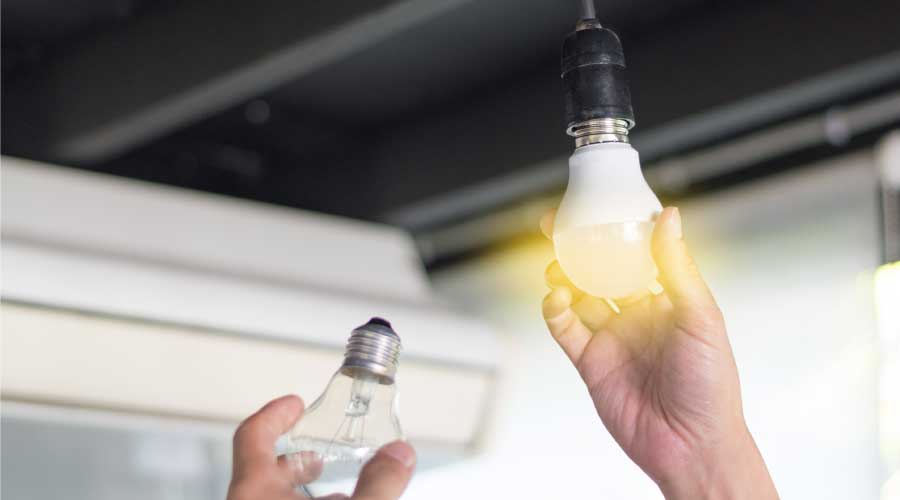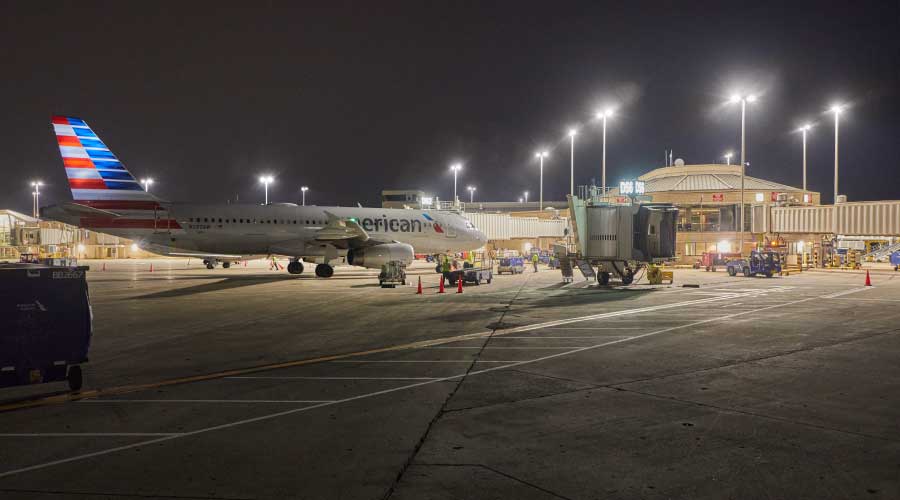Advanced Lighting Control Strategies Like Light Level Tuning, Demand Response Save Energy
There are numerous other advanced controls methods that can help facility managers squeeze even more savings out of their facilities' lighting systems. They include the following:
• Light level tuning. Adds to energy savings by reducing lighting output at modest levels, undetectable to the human eye.
"Often design light levels are needlessly high, so reducing lamp output by 5 to 10 percent can bring energy savings benefits without compromising occupant satisfaction," Renner says.
When Medical Mutual retrofitted its lighting system, it installed step dimming ballasts to take advantage of an existing control system, according to Lithonia Lighting, an Acuity Brands company. As a result, each floor of the 16-story building can have its own light level.
When Medical Mutual started tuning each floor, fixtures were dimmed gradually to a point that occupants did not notice the light level was changing. Once employees did take notice of light level changes and confirmed preferences, the controls were set at a desired level.
• Demand response/load shedding. By shedding loads at times of peak electricity demand, facilities can save money on demand charges. What's more, by providing two-way communication with their local utility, and being able to shed load at a utility signal, facility managers can to qualify for demand response programs.
In California, demand response capabilities are mandated by Title 24 for specific business types in the 2008 revision and more widely in the 2013 revision.
• Digital addressable controls. Using digitally addressable lighting controls and fixtures provides flexibility throughout a facility. As spaces change, from employee churn or new tenants, no new wiring or light fixtures will need to be installed, nor will old ones need to be removed.
"A digitally addressable system allows facility managers to reprogram new lighting zones of grouped-together fixtures that are controlled together with the click of a few buttons," Dauskurdas says.
• Astronomical time clock. Distributed or centralized control systems with an internal astronomical time clock take seasonal changes into account and adjust light accordingly. For example, the clock will adjust the system on Daylight Saving Time to automatically compensate for the shifted time schedule to avoid turning lights off too early. These clocks are preferred over automatic clocks because facility executives can schedule lighting scenes not only based on time of day but also on astronomical events like sunrise or sunset. Some lighting experts say this type of control is ideal for exterior lighting, including landscape and parking garages.
Today, for a facility manager to get the most out of a lighting retrofit, it's important to stop thinking strictly in terms of ballast replacement or relamping. "Next-generation lighting is much more of a systems solution than in yesteryear when it was a series of components — lamps, ballasts, and fixtures," says NEMA's enLIGHTen America chair Keith T.S. Ward, president and CEO of Luminus. "We're upgrading entire systems with new fixtures and advanced controls. It's all integrated now, and it's time for facility managers to get on board."
Related Topics:














